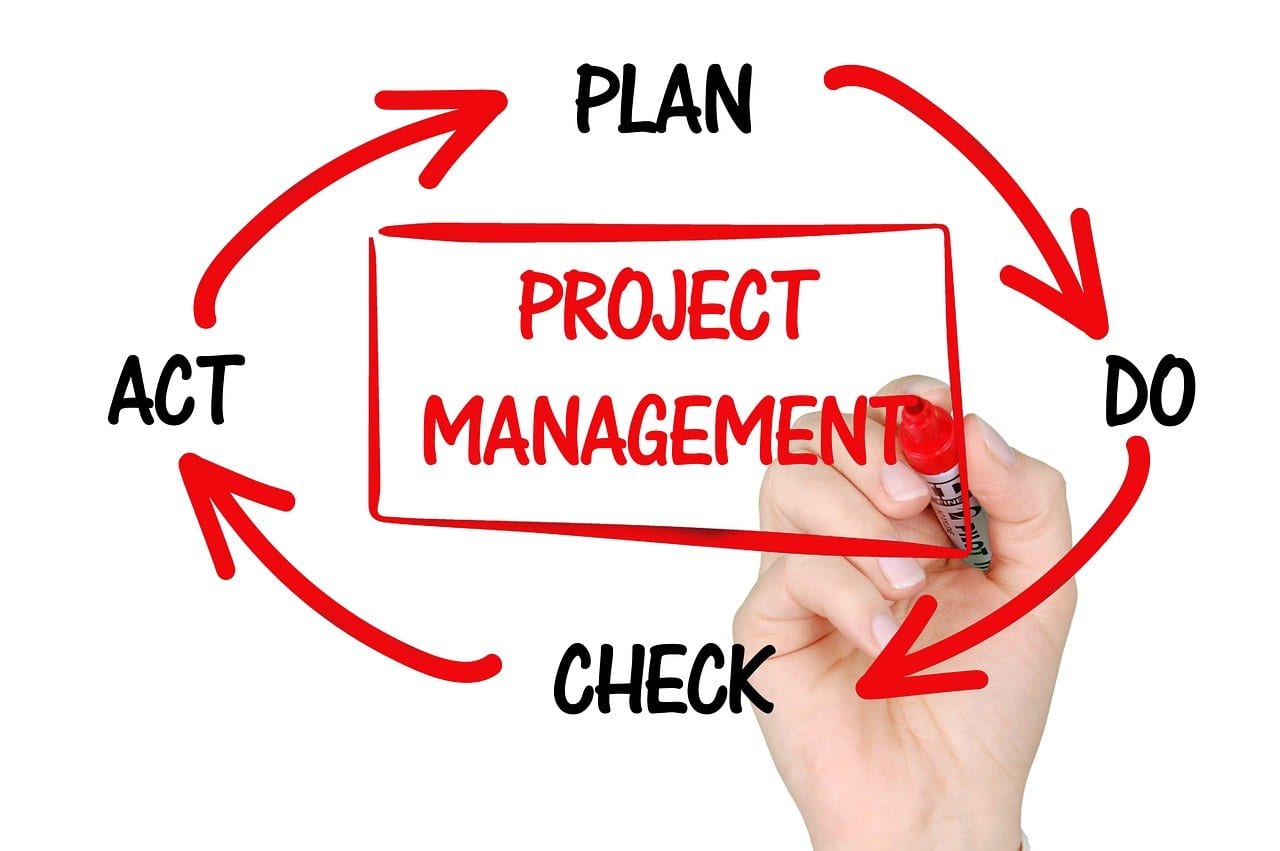How To Find The Right Suppliers For Your Business

1 . Determine Your Needs
When you’re looking for suppliers, you must establish your needs. Think about what you require in terms of delivery, lead times, and returns guidelines. You should also consider which kind of quality procedures you need, and the storage options. Arguably, improving lead time is the most important thing to consider. Delivery and production times must enable you to make your client deadlines.
2. Consider Quality
When you’re looking for the right suppliers, you need to ensure that these suppliers can offer you the best quality. If you want to grow your company and impress your customers, you must provide a top quality product or service. Whether you’re looking for 940nm ir led or the best bicycle parts, perform a quality check on your suppliers and their materials. Before you commit to working with a supplier you might like to check out any reviews and testimonials on offer. You’ll feel better entering into a contract when you know you’re working with a great company.
3. Search With A SIM System
With the help of a Supplier Information Management System, you can search for the right suppliers for you. These platforms work by collecting data about suppliers, helping businesses to make an informed choice. SIM Systems gather information such as quality info and ratings, health and safety info, sustainability practices, and more. You can also take a look at analytics info, usually supplier scorecards. With the help of a SIM System, it’s easier to find suppliers that match your criteria. Whichever kind of specialist suppliers you need, a SIM can help you to find them.
4. Keeping things green
When you put sustainability first, you’ll protect the planet and improve the reputation of your company. You’ve probably already got a few green policies as part of your production procedures, but it’s always worth looking to make improvements. Choose suppliers who also follow sustainable business practices, this will help you to remain consistent. As much as possible, you should try to adopt green practices, across all areas of your business.
5. Continued Evaluation
Once you’ve found your suppliers, ensure that you assess their performance over time. Keep track of their performance, and communicate any issues that you are unhappy with. You’ll need to ensure that you set out clear expectations, so that your suppliers understand your standards. When you take the time to evaluate performance, you can raise the bar, and improve your relationship.
When it comes to your products and services, you’ll want to offer your customers the best experience possible. No matter which area of your business you are looking to improve, it can be helpful to set goals, to stay on track.

 If you are considering joining the food industry, and you are looking for a
If you are considering joining the food industry, and you are looking for a 

